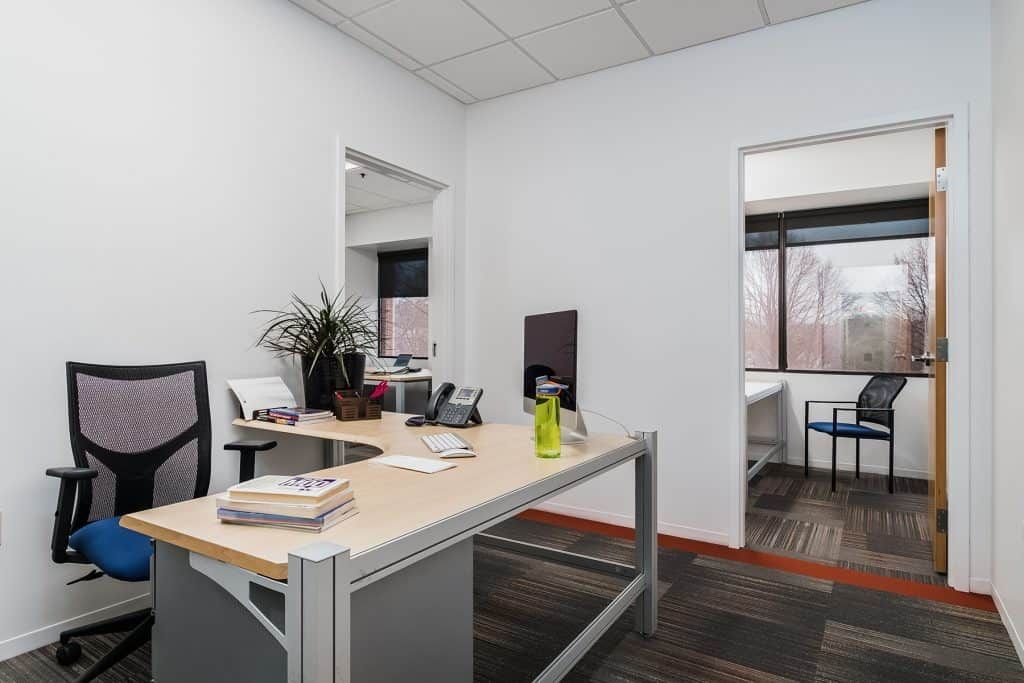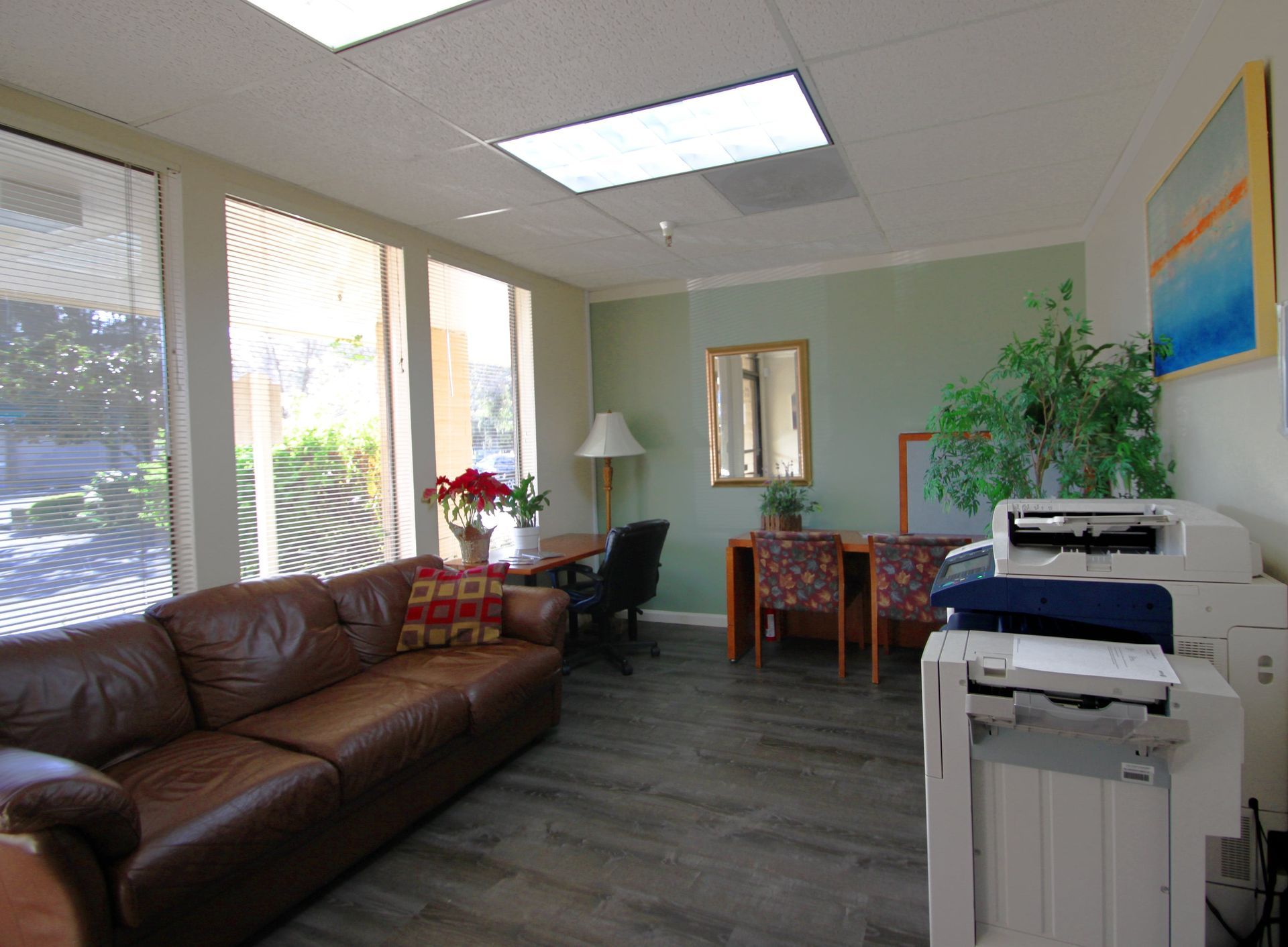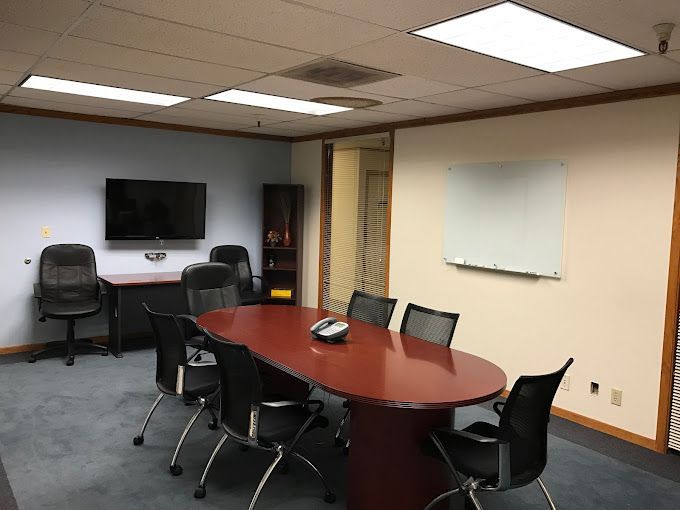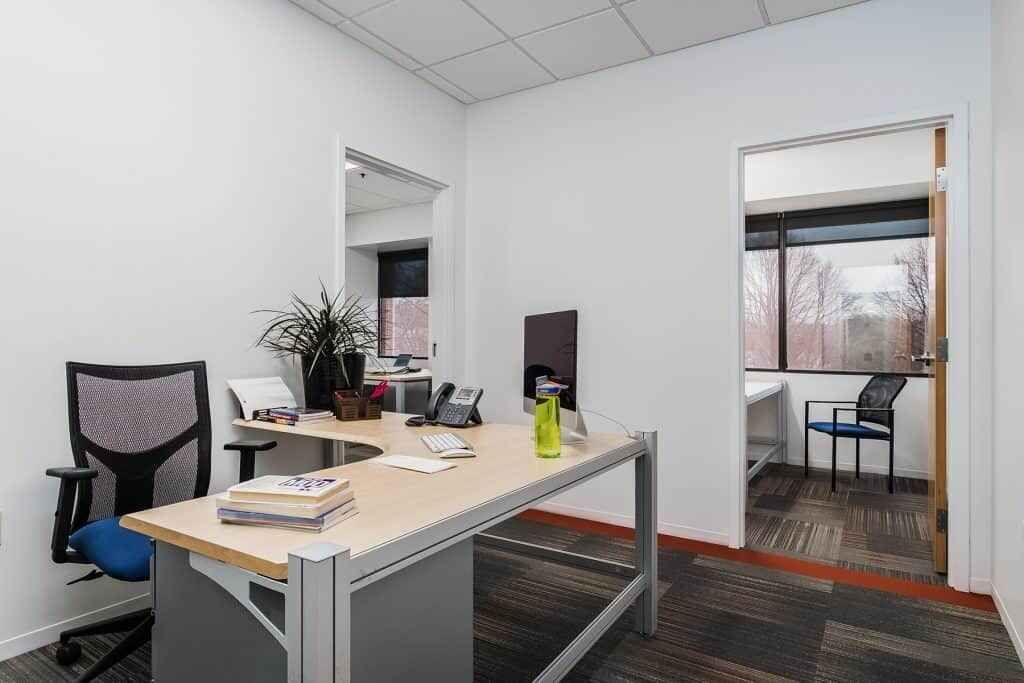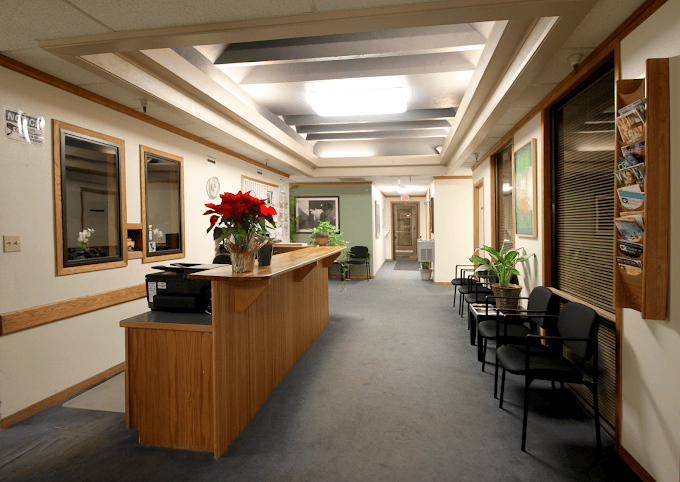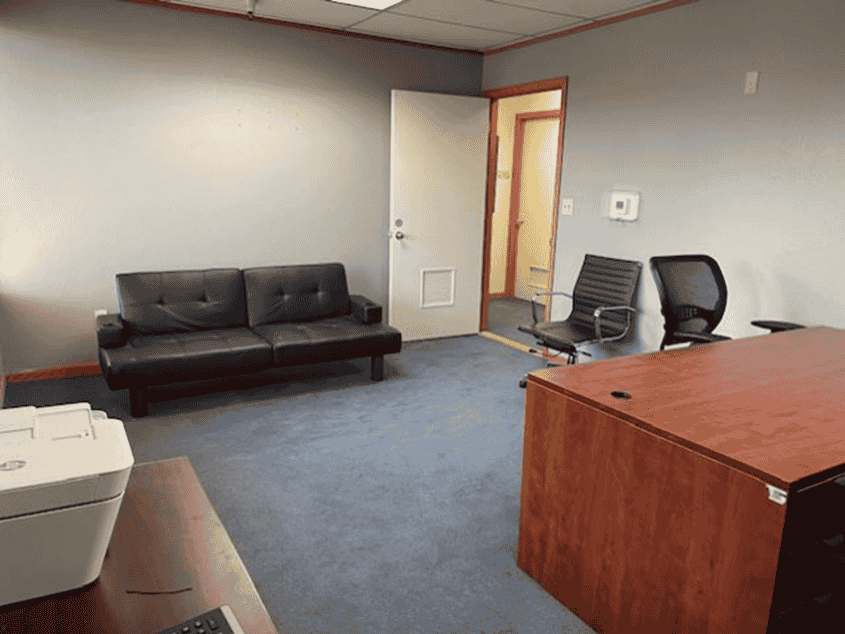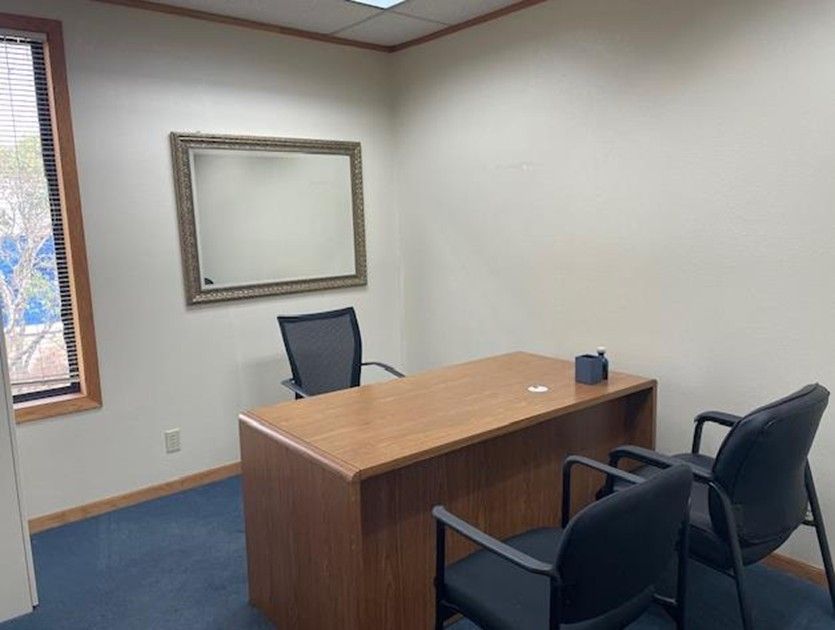New Paragraph
Affordable Space Available for Lease Today
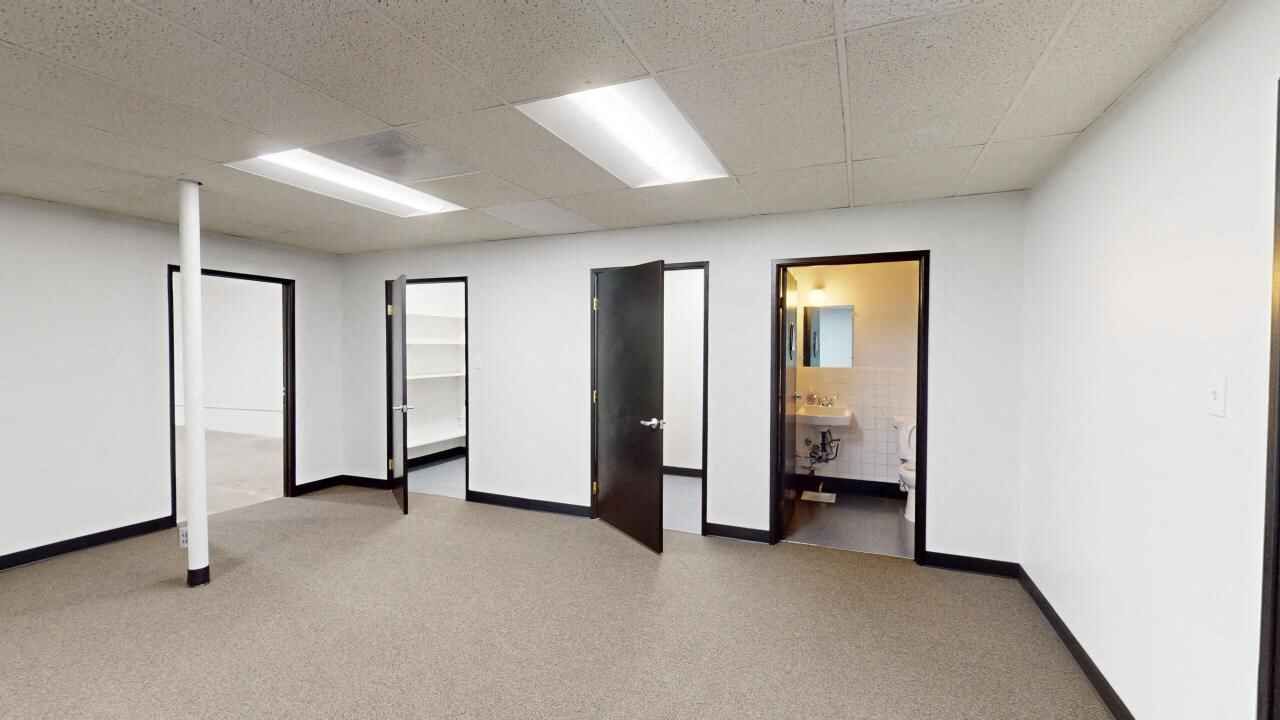
Finding the right space available for lease can transform your business. Yet the search can feel complex. Fortunately, with a clear plan, you can move fast, control costs, and sign a lease that supports growth. Below is an expanded, professional guide with short sentences and smooth transitions. It adds more detail to each explanation point while keeping the content concise and readable.
What "Space Available for Lease" Really Means
When a landlord markets commercial space for lease, they offer occupancy for a defined term. You pay rent instead of buying the property. Moreover, you gain access to shared building services and amenities. However, you do not assume ownership risk or long-term asset management. Instead, you sign a lease that sets rules, responsibilities, and costs. Therefore, clarity on definitions, obligations, and timelines matters from day one.
Key Types of Space Available for Lease
Different spaces serve different needs. Consequently, define your use before touring, and match it to realistic budgets and timelines.
- Office space for lease: Ideal for teams, client meetings, and hybrid work. Additionally, office buildings often include meeting rooms, lobbies, security, and parking. Because layout efficiency impacts headcount, test-fit the floor plan early. Furthermore, confirm internet redundancy and HVAC hours to avoid after-hours fees.
- Retail space for lease: Built for foot traffic, signage, and visibility. Moreover, retail corridors amplify brand presence and impulse visits. Since storefront design affects conversion, evaluate window width, lighting, and door placement. Also, check co-tenancy clauses and exclusives so competitors cannot move in next door.
- Coworking and serviced offices: Offer plug-and-play convenience with furniture, internet, and reception. Furthermore, short terms help test markets without long commitments. Although the sticker price may seem high, the total cost can be lower when you avoid build-out and equipment. Even so, confirm meeting room credits and printing limits to prevent overage fees.
Importance: Why the Right Leased Space Matters
The right location boosts revenue and reputation. Likewise, the right layout improves productivity and morale. Yet poor choices drain budgets and time. Thus, selection deserves rigor and measurable criteria.
- Brand and trust: A visible, well-kept site builds credibility. Prospects judge the quality the moment they see your facade. Moreover, consistent signage and clean common areas reinforce your brand promise. As a result, your physical presence supports pricing power.
- Customer access: Proximity reduces friction and travel time. Because fewer steps mean higher conversion, focus on easy parking and transit links. Additionally, consider delivery windows and accessibility features. Therefore, you remove barriers that slow sales.
- Talent retention: Comfortable, modern space supports culture and hiring. Natural light and acoustic control help focus. Likewise, breakout areas and kitchens fuel collaboration. Consequently, your team stays longer and performs better.
Benefits: Leasing vs. Buying
Leasing offers speed and agility. Meanwhile, buying ties up capital and adds long-term maintenance.
- Lower upfront cost: Security deposits are usually smaller than down payments. Additionally, you avoid many closing costs tied to mortgages and title work. Because cash remains available, you can invest in marketing or hiring. Consequently, growth initiatives do not stall at move-in.
- Flexibility: Shorter terms let you expand or relocate as needs evolve. Options to renew or expand preserve runway. Moreover, rights to sublease can cushion downside risk. Therefore, strategic pivots become possible.
- Maintenance sharing: Many buildings cover common areas and base building systems. You still maintain your premises, yet you share bigger-ticket items. As a result, unexpected capital expenses are limited. Furthermore, service contracts standardize response times.
- Location choice: Leasing often unlocks prime districts you could not purchase. Landlords aggregate high-demand corners and transit hubs. Because foot traffic and visibility are already strong, your ramp-up accelerates. Thus, customer acquisition costs can fall.
Must-Know Leasing Terms (Explained Simply)
Commercial leases use specific structures. Therefore, learn the basics before you negotiate or model costs.
- Gross (or Full-Service) Lease: Base rent includes most building expenses. However, annual escalations may apply based on an index or fixed step. Because the landlord manages operating costs, budgeting is simpler. Even so, read the escalation clause carefully.
- Tenant Improvements (TI): Funds or credits for your build-out. Align TI with a detailed scope, schedule, and allowance cap. Since change orders eat budgets, lock major finishes early. Consequently, you complete on time and within budget.
- Option to Renew / Expand: Rights to extend the term or take adjacent space. Negotiate fair market rent mechanics and notice windows. Additionally, preserve expansion paths in site plans. Therefore, growth does not require a disruptive move.
- Sublease / Assignment: Ability to transfer your lease if plans change. Landlord consent is typical, but it should be reasonable. Moreover, limit recapture rights that remove your flexibility. As a result, you protect downside scenarios.
- Use Clause and Exclusives: Defines allowed operations and may limit competitors nearby. Because use affects insurance and code, keep the language broad. Likewise, secure signage rights if visibility drives revenue. Consequently, your business model remains protected.
Steps: How to Lease Space with Confidence
1) Define Needs and Budget
First, write a brief with headcount, layout, utilities, ceiling height, parking, and visibility. Next, set a monthly and annual budget including NNN, utilities, janitorial, and insurance. Because fit-out costs can spike, add a contingency of 10–15%. Consequently, your targets remain realistic as bids arrive.
2) Map Location Priorities
List neighborhoods by customer density, transit options, suppliers, and employee commute. Additionally, check zoning, signage rules, and delivery logistics. Since trade areas shift over time, review competitor openings and closures. As a result, you avoid surprises and capture demand.
3) Assemble Your Team
Engage a tenant-rep broker to expand options and add leverage. Also, consult a real estate attorney for legal risk and a space planner for test-fits. Because each expert sees different issues, you catch problems early. Therefore, negotiations and design run in parallel.
4) Shortlist and Tour
Create a scorecard with rent, condition, TI, parking, access, and timing. Then tour fast while documenting measurements, photos, and utilities. Moreover, ask about prior uses, code compliance, and HVAC age. Consequently, you filter weak candidates quickly.
5) Request Proposals (RFP)
Ask landlords for term sheets with identical fields. Seek clarity on base rent, NNNs, TI allowance, free rent, escalations, renewal options, and delivery conditions. Because format drives fairness, require a line-item cost breakout. As a result, you can compare offers objectively.
Location Strategy: Visibility, Access, and Fit
Choose a location that lifts demand rather than just serving it. For retail, visibility and signage drive walk-ins and average ticket. For office, transit, and bike access, reduce churn and lateness. For industrial, highway proximity slashes freight costs and dwell time. Meanwhile, amenities such as food, gyms, and green space influence recruiting. Likewise, competitor mapping can reveal underserved pockets. Therefore, run a simple trade-area analysis before committing, and revisit it annually.
Design and Layout: Make Every Square Foot Work
Smart layouts reduce rent per unit of output. Therefore, plan for flow, light, and acoustics with measurable goals.
- Zoning of activities: Separate quiet work from collaboration or production. Use buffers, glass, and sound masking to control noise. Additionally, align storage and loading zones to the shortest paths. Consequently, people and materials move safely.
- Flexible furniture: Choose systems that reconfigure as teams evolve. Hot desks and modular rooms support headcount swings. Moreover, flexibility lowers churn cost when roles change. As a result, your TI lasts longer.
- Accessibility: Meet ADA or local standards from the start. Ramps, signage, and restroom layouts matter to all visitors. Because compliance overlaps with good design, everyone benefits. Thus, inclusion becomes standard practice.
Compliance, Safety, and Risk
Regulations vary by use and jurisdiction. Thus, validate codes, permits, and inspections upfront with your team. Check life-safety systems, egress, and load limits before you sign. Additionally, confirm hazardous material rules if applicable. Meanwhile, align insurance coverage with lease requirements and vendor contracts. Therefore, your opening stays on track and insured.
Negotiation Tips That Save Money
Negotiation is a process, not an event. Consequently, maintain leverage until documents are signed.
- Create competition: Engage multiple landlords simultaneously to improve terms. Provide prompt, professional feedback to keep momentum. Moreover, avoid revealing a single "favorite" too early. As a result, concessions remain on the table.
- Protect options: Secure renewal, expansion, termination, and signage rights where feasible. Tie fair market rent to reputable indexes and appraisers. Also, define notice windows clearly in the abstract. Thus, future moves are predictable.
- Clarify delivery: Define "broom-clean," HVAC condition, and code compliance before acceptance. Photograph the base building conditions at delivery. Additionally, document punch lists with deadlines. Therefore, post-move disputes decline.
Common Mistakes to Avoid
Even seasoned teams misstep. However, you can sidestep issues with foresight and discipline.
- Underestimating total cost: Ignoring NNNs, utilities, and escalations causes overruns. Build a granular 5-year model with scenarios. Moreover, compare against coworking for a sanity check. Consequently, you keep costs visible.
- Over-customizing: Expensive finishes limit flexibility and TI impact. Choose durable, neutral materials with timeless appeal. Also, invest in lighting and acoustics before luxury accents. Consequently, your space ages well.
- Neglecting exit options: Without rights, pivots become costly or impossible. Secure sublease, assignment, and termination paths. Additionally, map the critical notice dates into your calendar. Thus, surprises are avoided.
Quick Checklist for Tenants
Use this list to stay organized. Additionally, share it with decision-makers and vendors.
- Define size, use, and non-negotiables with a one-page brief.
- Set a budget including NNN, utilities, build-out, and contingency.
- Pick two to four target submarkets with trade-area data.
- Hire a tenant-rep broker, attorney, and space planner.
- Tour, score, and shortlist using a standardized scorecard.
Final Thoughts: Move In with Confidence
Choosing the best space available for lease is both strategic and operational. Because the stakes are high, structure your process and measure everything. Moreover, learn the terms and compare the true total costs before you decide. Consequently, you will negotiate from strength and protect cash. With the right team and timeline, you will secure a location that fuels growth, improves culture, and reduces risk. Ultimately, that is the core advantage of leasing: focus on your business, move with agility, and adapt as opportunities arise.
FAQs: Space Available for Lease
1) What does "space available for lease" mean?
It means a landlord offers commercial space for a set term. You pay rent to use it. However, you do not own the property.
2) How is leasing different from buying?
Leasing needs less upfront cash and offers flexibility. Buying ties up capital and adds maintenance risk. Therefore, many growing firms lease first.
3) What types of space can I lease?
Office, retail, industrial/warehouse, and flex. Additionally, coworking or serviced offices provide short, plug-and-play options.
4) What costs exist beyond base rent?
Expect NNN/CAM, utilities, janitorial, insurance, parking, and build-out. Moreover, plan for annual rent escalations. Consequently, the model's total cost, not just rent.
5) What is a triple-net (NNN) lease?
You pay base rent plus property taxes, insurance, and common-area maintenance. Therefore, monthly amounts can vary. Request historicals and caps on controllable items.

